UPDATE: Unfortunately we lost a philatelic gem. William Crowe, the stamp expertizer, passed away on June 22, 2025. These are the last stamps I sent to him.
Today I’m sharing my latest submission to William Crowe. While I typically use PSE for grading, I prefer to send certain stamps to Crowe for authentication and condition certification. As long as you stick with one of the five major certification services, you’re on the right track.
If you’re new to stamp certification, check out my earlier video on the topic. And as always, the stamps mentioned here will be available for sale in my Facebook group, US Stamp Shop, where I post 75 premium U.S. stamps every week.
Let’s dive in.
Scott 62B: Often Confused, But Far More Valuable
This scarce 10¢ issue is easily confused with the more common Scott 68. The difference? Look closely at the upper frame around “U.S. Postage”—Scott 62B has an incomplete frame.
This particular stamp came back genuine, with a very lightly struck red cancel and two small thins in the hinged area. It almost appears unused at first glance.
Scott 64: The Halloween Cancel
Scott 64 is the pink shade of the 3¢ 1861 design—different from the more common Scott 65, which is rose-colored and holds little value ungraded.
The stamp was authenticated and carries a nicely struck Kalamazoo, Michigan cancel dated October 31—making it a Halloween issue. It’s a sound example with fine to very fine centering and no faults.
Scott 70B: Identifying Steel Blue Isn’t Easy
This 24¢ steel blue is a recognized variety of the 1861 design and is notoriously hard to identify. The Whites Color Guide is helpful, but in many cases, experience is the best teacher.
Beware: Some Scott 70s are chemically altered to appear steel blue. Look for greyish-blue tones—not greenish hues.
This example came back genuine but with some faults: a sealed tear at the top and corner creases on the left. Despite these, it remains a collectible copy.
F Grill Cover: Not Tied, But Still Interesting
Next is a cover featuring three 1¢ F Grill stamps—a pair and a single. These stamps are genuine, but not tied to the cover. That means the cancel doesn’t extend onto the envelope, leaving open the possibility they were added after the fact.
Without tied cancels, these are generally treated as used stamps off-cover. This cover also has some perforation flaws.
1¢ H Grill: Faint Grill, Mint with Gum
This unused, original gum example of the 1¢ H Grill has a very faint grill impression. It’s genuine and sound, though not well-centered. Still, a solid mint piece for collectors of grilled issues.
Scott 139: The Split Grill Variety
The 10¢ H Grill, Scott 139, came back as a genuine variety featuring a split grill—where the grill is shifted and split by the perforations. It has a short perf at the bottom left, but no other faults noted. Varieties like this add an extra layer of value.
Scott 459 Pair: Imperforate Coil, Gum Condition Matters
This imperforate coil pair was issued without perforations and had to be cut manually. It came back genuine with original gum. The right stamp is never hinged; the left is previously hinged.
Depending on market value, it may make sense to price them as individual singles rather than as a pair if the combined value is higher.
Scott 500: Deep Rose with a Flaw
This 5¢ Type 1A in deep rose is genuinely used but noted as being reperforated at the bottom. The cancel is light, and it’s likely fine to very fine in centering. Reperforation does impact resale value.
Scott 519: Commonly Faked but This One’s Genuine
Scott 519 is frequently faked by altering imperf versions with added perfs. This stamp is genuine, mint with original gum, and previously hinged. The certification gives confidence that this is the real thing.
Scott 315 Single: Never Hinged and Graded
This 5¢ imperforate from 1903 is genuine, never hinged, and graded 90 (extremely fine). That grade significantly increases its SMQ value.
Scott 315 is often faked by trimming down Scott 304s with large margins, so certification is critical—especially for singles.
Scott 315 Pair: Certified and Graded
We also submitted a genuine pair of Scott 315s. Pairs can’t be faked like singles, so their authenticity is more straightforward.
This pair was certified and graded 90, with a note that it was signed in pencil on the back by Herbert J. Block. Pencil markings on older stamps were common and don’t usually affect gum or value—especially if they don’t alter the surface.
Scott 447: Graded 90, But Off-Center
This 5¢ flat plate coil is from the Washington-Franklin series, one of the most commonly faked issues. Always get these certified.
This one came back as a genuine never hinged pair with a grade of 90. However, it appears significantly off-center on the right side. In my opinion, it looks more like a VF rather than an XF (extremely fine).
Since grading multiples can be subjective, I tend to judge based on the perimeter centering. For resale, I’d likely price this closer to SMQ 85 despite the cert’s XF90 grade. You can always resubmit if you disagree with a grade, or get a second opinion from a different certification service.
For those of you interested in these stamps, be sure to visit US Stamp Shop on Facebook. Until next time—best of luck and happy collecting.





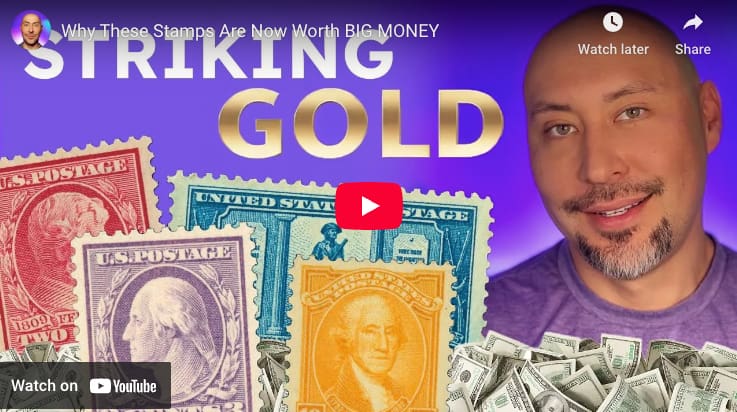
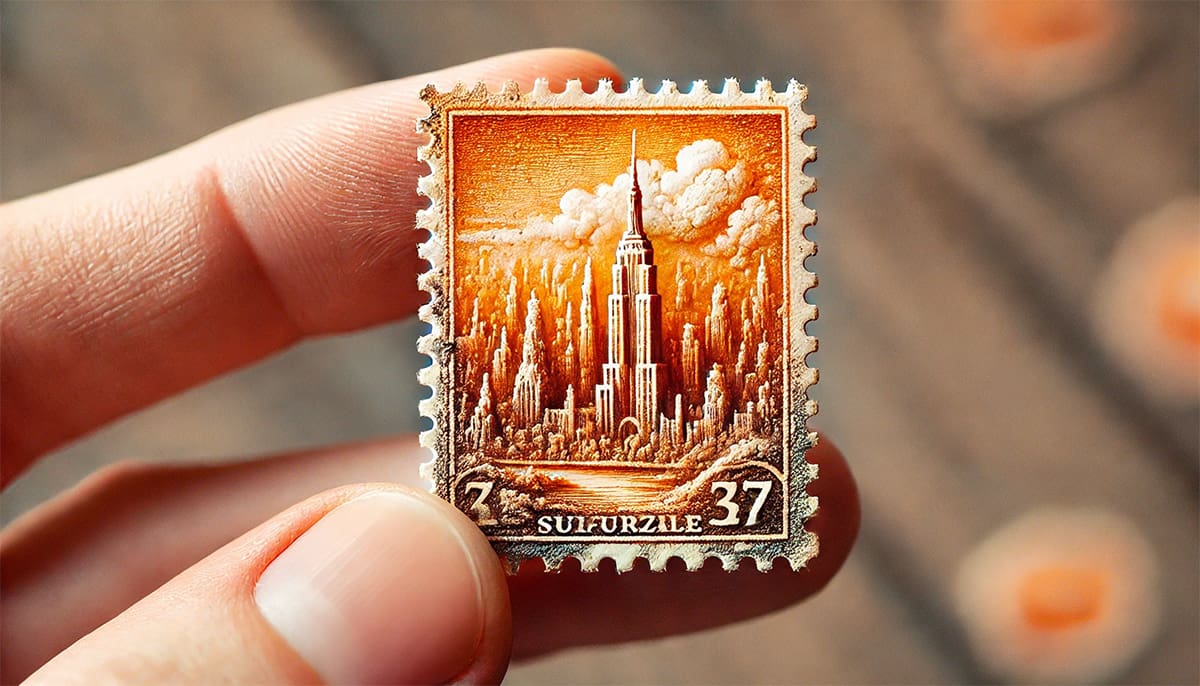
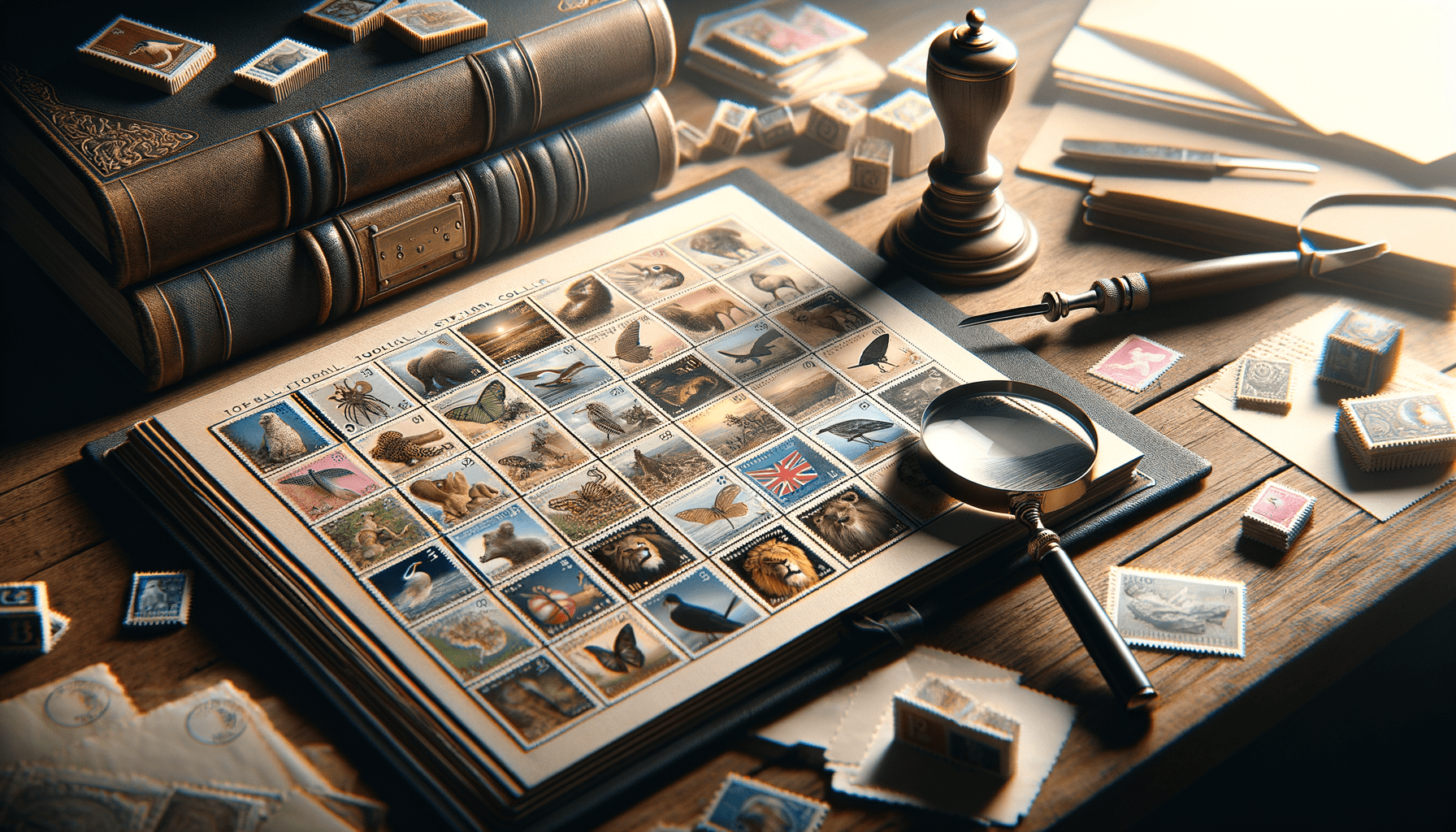
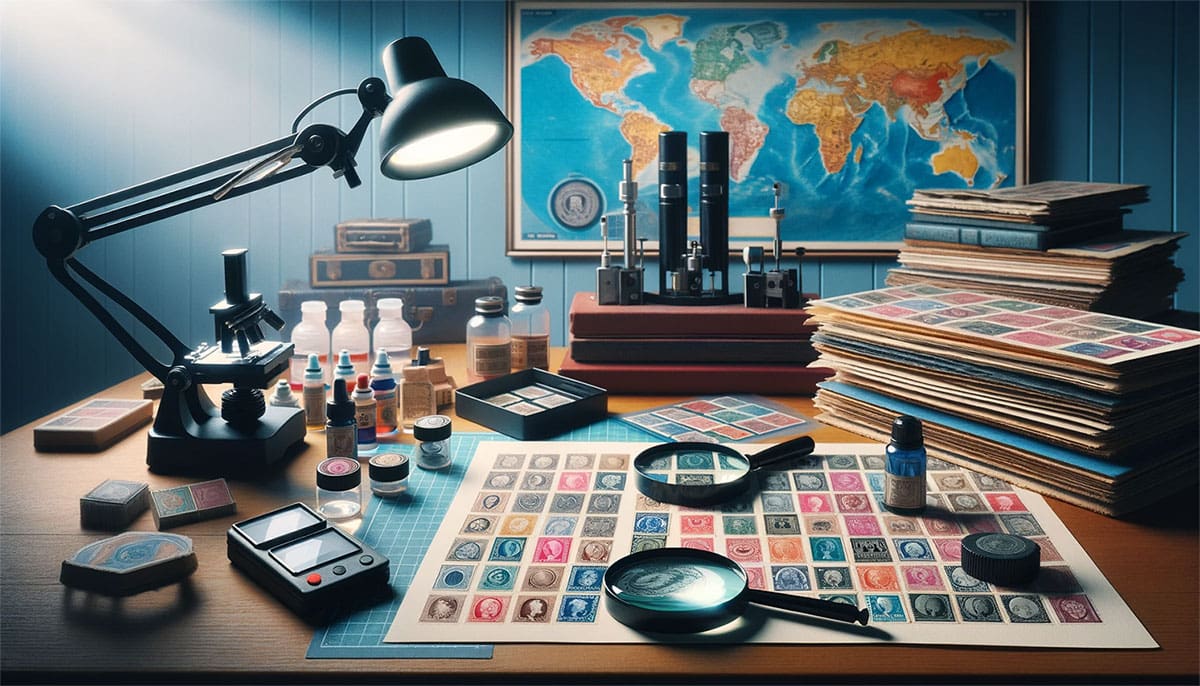
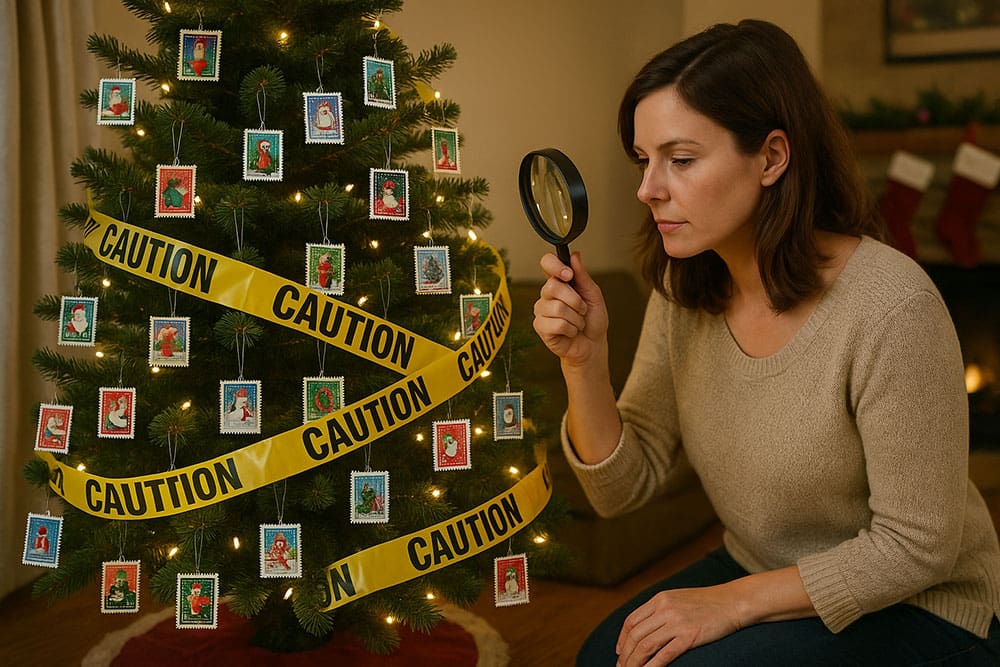


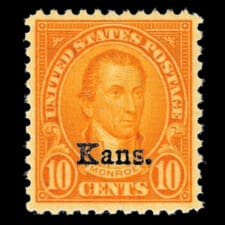
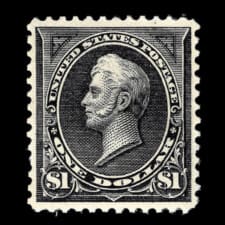

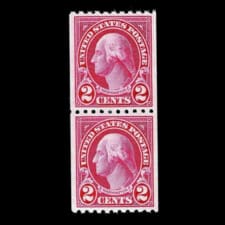

Ask A Question Or Leave A Comment